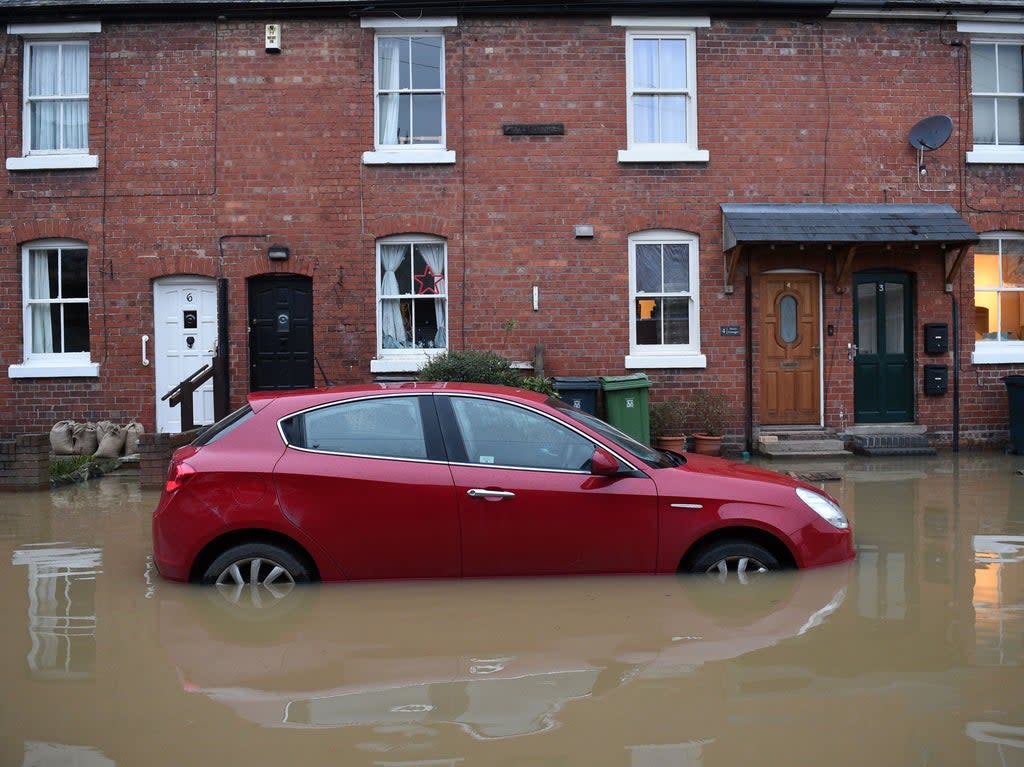It may become too expensive to protect homes from flooding, Environment Agency says

It may become too expensive to protect homes at risk of flooding or coastal erosion due to the impacts of the climate crisis, the head of the Environment Agency has warned.
Emma Howard Boyd told The Times this may lead to houses having to be sacrificed.
It comes after Environmental Agency, which oversees protection of the environment in England, said last year traditional flood defences would not be able to prevent all flooding and coastal erosion.
It also warned the climate crisis - which leads to heavier rainfall and rising sea levels - was worsening the risk of floods across the UK.
Last summer, London was badly-hit by flooding, while Storm Christoph flooded hundreds of homes in the North and West of England earlier in the year. Meanwhile places such as Happisburgh in Norfolk continued to battle against coastal erosion.
Ms Howard Boyd told The Times: “We’re going to have to keep assessing whether we can, as a whole, as a country, afford to protect different parts of the landscape.”
While the Environment Agency encourages residents to “build back better” after floods, such as by raising electrical sockets, its chair told the newspaper it may become necessary over time to “build back to better places” due to the threat from the climate crisis.
She said there was “no doubt that living in certain parts of the country will come with increased risk” from the climate crisis.
Research last year found thousands of homes had been given planning permission, despite being located in areas at risk of flooding.
The government said it would be putting £5.2bn towards better protecting homes and businesses from flooding and coastal erosion over the next six years. The scheme is estimated to bolster defences for more than 300,000 properties.

 Yahoo News
Yahoo News 
